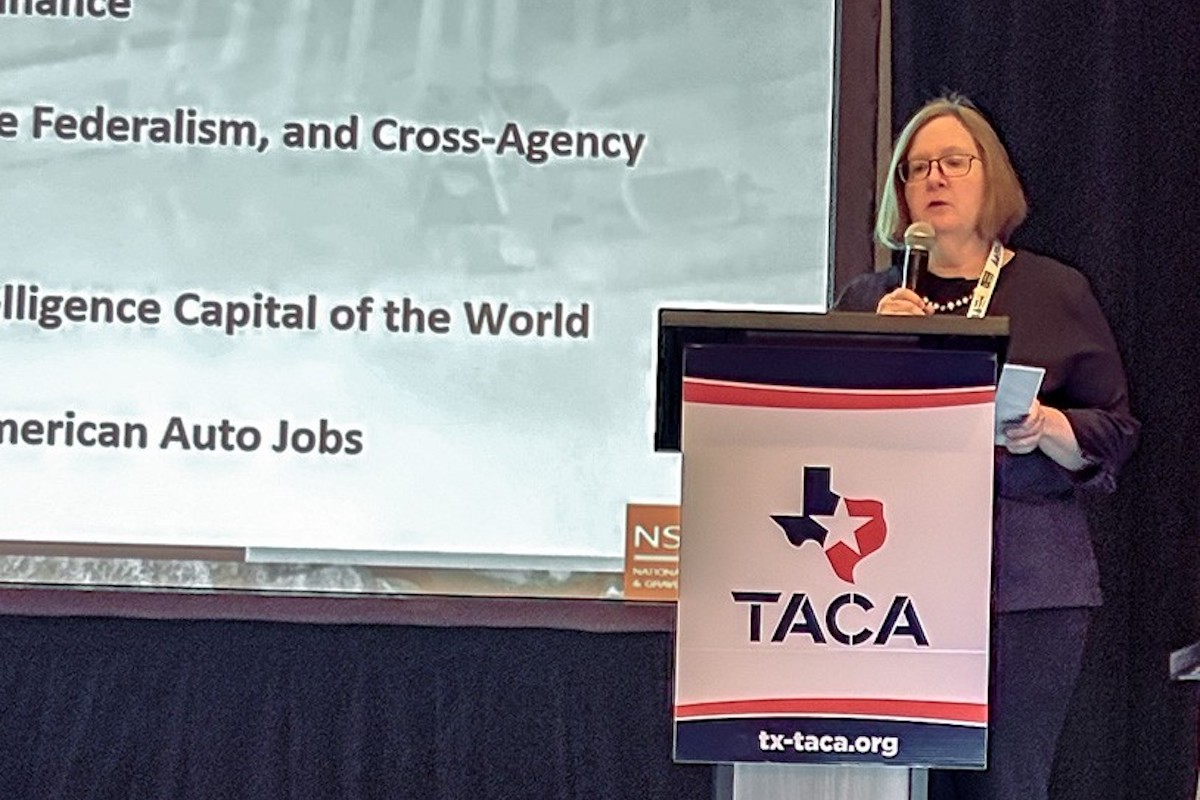The yield on 10-year Treasury bills dropped from 5 percent to 3.8 percent to end the year, as investors priced in an early start for monetary policy easing.
Now, as the Federal Reserve signals rate cuts, we think conditions are ripe for the yield curve to continue to normalize as the long end moves to a range of 4 percent to 4.25 percent.
It’s all part of a rising appetite for risk that is likely to spill over into private equity as a wave of refinancing arrives in commercial real estate and corporate debt starting this year.
Money markets have stabilized, thanks to the Treasury Department and Federal Reserve navigating the debt ceiling standoff, and some of the cash that flooded into money market funds last year will likely spill over into asset markets. That shift will mark a change from the recession-driven narrative that permeated financial markets over the past year.

| Your local Finn Corporation dealer |
|---|
| Romco Equipment Co |
It took the better part of last year for the RSM US Financial Conditions Index to recover from the debt ceiling standoff.
Our index is now positive for the first time since February 2022 amid a robust economy, strong labor market, easing inflation, and rising real wages and personal disposable income. This improvement is part of the foundation for our budding optimism.
With 10-year yields even lower, at 3.73 percent, the yield curve was inverted as the market priced in the potential of an economic slowdown or a full-blown recession.
That was before the remarkable resilience of the U.S. economy became fully apparent.
Our modeling work suggests that the U.S. economy grew by 2.5 percent last year and is poised to slow to its long-term rate of 1.8 percent per year. That implies an economy able to support long-term interest rates in the range of 4 percent to 4.5 percent this year and next.
Now, with inflation receding and the economy operating at full employment, the Federal Reserve has signaled its intention to lower its policy rate toward a target of 4.6 percent this year, 3.6 percent next year, and 2.5 percent in the longer run.
And because two-year bond yields are determined by the expected path of the federal funds rate, we can expect two-year yields to drop below five-year and 10-year yields, with the front end of the yield curve steepening.
In the first week of January, the S&P 500 gave back 1.5 percent of last year’s gains. And 10-year bond yields traded back above 4 percent as the market factored in the uncertainty over the start date for Federal Reserve easing.
In our view, the Federal Reserve is faced with balancing the risk of lingering inflation, which would require maintaining the policy rate at 5.5 percent, with the risk of a government shutdown and geopolitical shocks that would dampen the recovery and require quick rate cuts.
The bond market often undergoes large swings in 10-year yields within long-term trends, which directly affect the cost and availability of corporate borrowing. We expect 10-year Treasury notes to trade within a 4 percent to 4.5 percent range as the economy progresses and as monetary policy normalizes.
But investors are now drawing down their money market funds as they look to receive comparable rates now available over a longer time period in Treasury bills.
This drawdown will add pressure on the Federal Reserve, which hinted in its December meeting minutes that it may need to reduce the runoff of its balance sheet, known as quantitative tightening, and ease liquidity concerns in the repo markets.
The large increase in the cost of insurance early last year dissipated as the risk of a government default and bank failures eased, only to increase again as threat of a government shutdown returned.
In the first week of this year, the risk of another economic shock has kept the cost of insurance elevated.
The Federal Reserve has indicated that market expectations of rate cuts starting in March need to be pared back. While we think that the Federal Reserve would prefer to wait until June to implement its first rate cut, the notable improvement in the inflation data and pricing outlook, and the anchoring of inflation expectations around the central bank’s 2 percent target, may result in a May reduction in a policy rate that is too restrictive.
We are forecasting the 10-year yield to trade around 4.25 percent this year, with action at the front end of the curve as the Federal Reserve cuts rates in the second half.
As rates come down later this year, we expect a pickup in deals around the stress in commercial real estate markets and as smart money moves ahead of the wave of corporate debt refinancing that will hit in 2025 and 2026.








































































